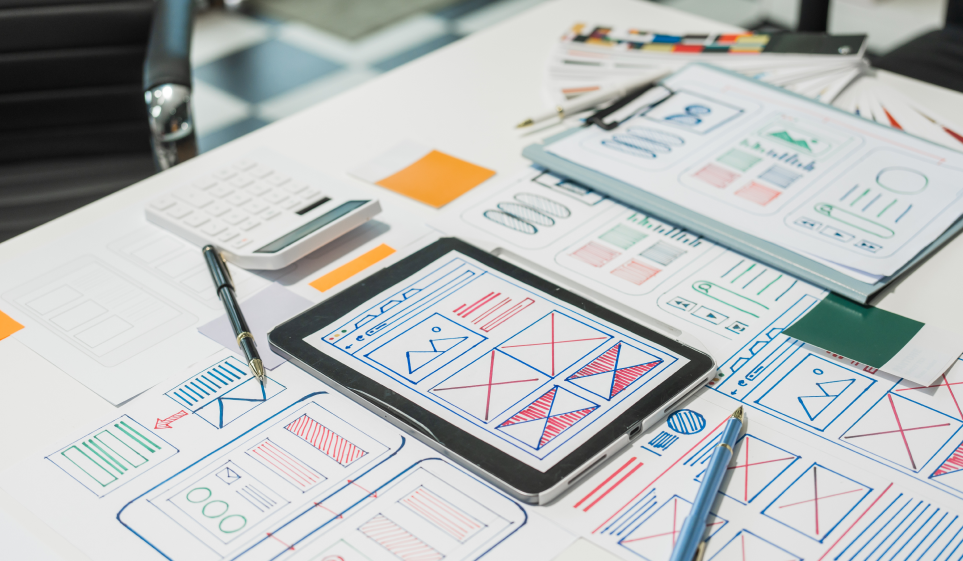
Making the most out of your UI with these Interface design principles
The user interface (UI) is a critical part of any website or software solution. When it’s done well, users don’t even notice it. When it’s done poorly, users won’t even be able to use your solution properly. To increase success of your UI, most designers follow interface design principles as a guideline. Here´s an overview on some of the most important principles that you should implement to your web – based solution.
Design principles cover a wide variety of human, behavioural and social aspects which need to be implemented into web interfaces. Analogue to a car dashboard, a web interface needs to provide the most important information at a glance. In this regard, the user needs to adjust his / her behaviour in order to reach an adequate decision. The main point of a web interface is not to impress, but to help the user get the job done, solve problems and get answers to questions.
Needs and inputs from the actual end user allows to better reflect their expectations of task components, general organisation and workflow, window and tab layout, menu structures, available toolbars, iconography, etc. A successful user’s mental model can be achieved by understanding and implementing the following characteristics:
- Familiarity: Interaction takes place without even thinking of it, when using a familiar user interface design. The interface functions need to remain clear, concise and accessible to the users. Tested design patterns will provide a more seamless experience to the users, without the need to reinvent the wheel.
- Simplicity: Simplicity in design allows users to achieve their key goals faster and more efficiently. The main idea is to simplify the decision-making by categorizing choices and breaking up long, complex processes by only presenting specific parts of the process at any one time on the screen.
- Availability: While the clutter reduction is necessary, so is the availability of certain key features and settings according to the user needs. Some features and their controls are less important than others and should be hidden from the default view.
- Discoverability: Discoverability represents the ability for a user to discover content, features or functions within an application, which they either already presumed is there, or to encounter new content that they were not aware of previously. As a result, overall usability of the application increases.
- Consistency: Consistency is closely related to familiarity, where it allows users to transfer their existing knowledge, experience and skills to a new application environment and master its new aspects faster.
- Adaptability: The adaptability of a software is defined by it adjusting appropriately to its surroundings, in respect to its technical environment and its users.
- Modality: The use of modal screens for certain parts of the user interface, such as dialogue windows, system messages or input forms, is a concept that is used to focus a user’s attention on the modal screen and requires a user interaction before returning to the main application window.
- Individual users / expertise levels: Websites and web applications are oftentimes designed for users with varying degrees of technical proficiency, which governs the user interface presentation and functionality.
- Attention and awareness: The use of signal colours in visual elements allows a fast perception if monitored values deviate from the norm.
- Performance: Aspects for providing a performant user interface, which can be solved from a frontend design perspective, should be considered, also performance testes may help to identify bottlenecks.
- Error forgiveness: In general, the error-forgiveness of an application reinforces a user’s motivation to use and explore it.
- Efficiency: The efficiency of a user working with an application directly relates to the efficiency of the application’s user interface. Specifically, this means how quickly and precisely a user can navigate within the application, to access information or carry out tasks.
The overall goal of great interface design should be to produce user-friendly interfaces that encourage further exploration without fear of negative consequences. There´s no doubt that interface design will keep being innovative over the next years to come and that future interfaces will be more intuitive, predictable and forgiving, however, the principles in this article will surely stay applicable for the next years to come.